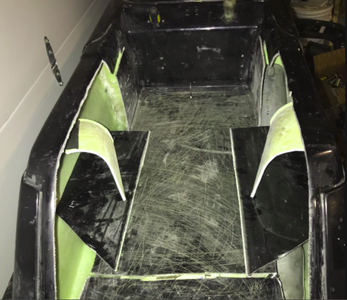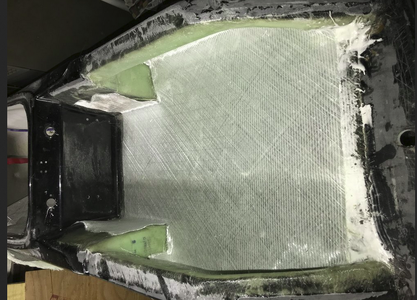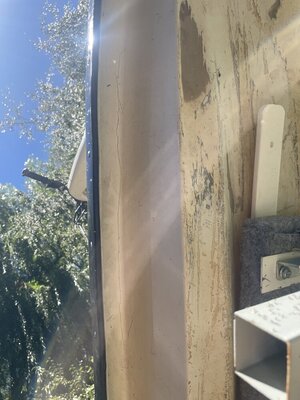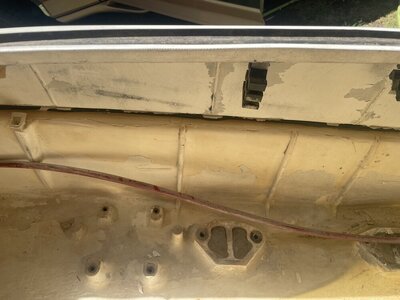- Location
- Sacramento Delta
RSKI riders has a surf ski super jet fiberglass reinforcement video which shows a laser cut chopped strand and S-glass kit for to reinforce a super jet hull.
Does anyone know where I could get something like that?
Or does anyone have a template which I could lay over my fabric to cut out the holes and cut the side triangles to form the necessary curves?
Yes, I know I can do it myself, I have chopped strand mat and X-mat (and S-glass), but I would love it if the fabric was pre-cut with the holes and the curves already cut in.
Check it out:
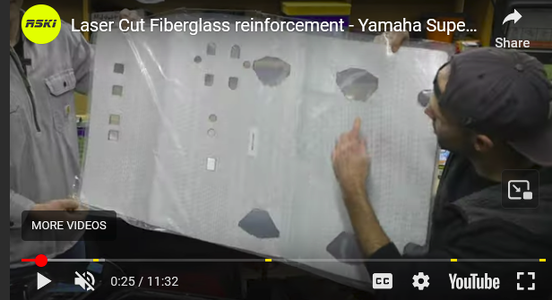
@RSKI
Response from RSKI riders:
Does anyone know where I could get something like that?
Or does anyone have a template which I could lay over my fabric to cut out the holes and cut the side triangles to form the necessary curves?
Yes, I know I can do it myself, I have chopped strand mat and X-mat (and S-glass), but I would love it if the fabric was pre-cut with the holes and the curves already cut in.
Check it out:

@RSKI
Response from RSKI riders:
|
Last edited:

